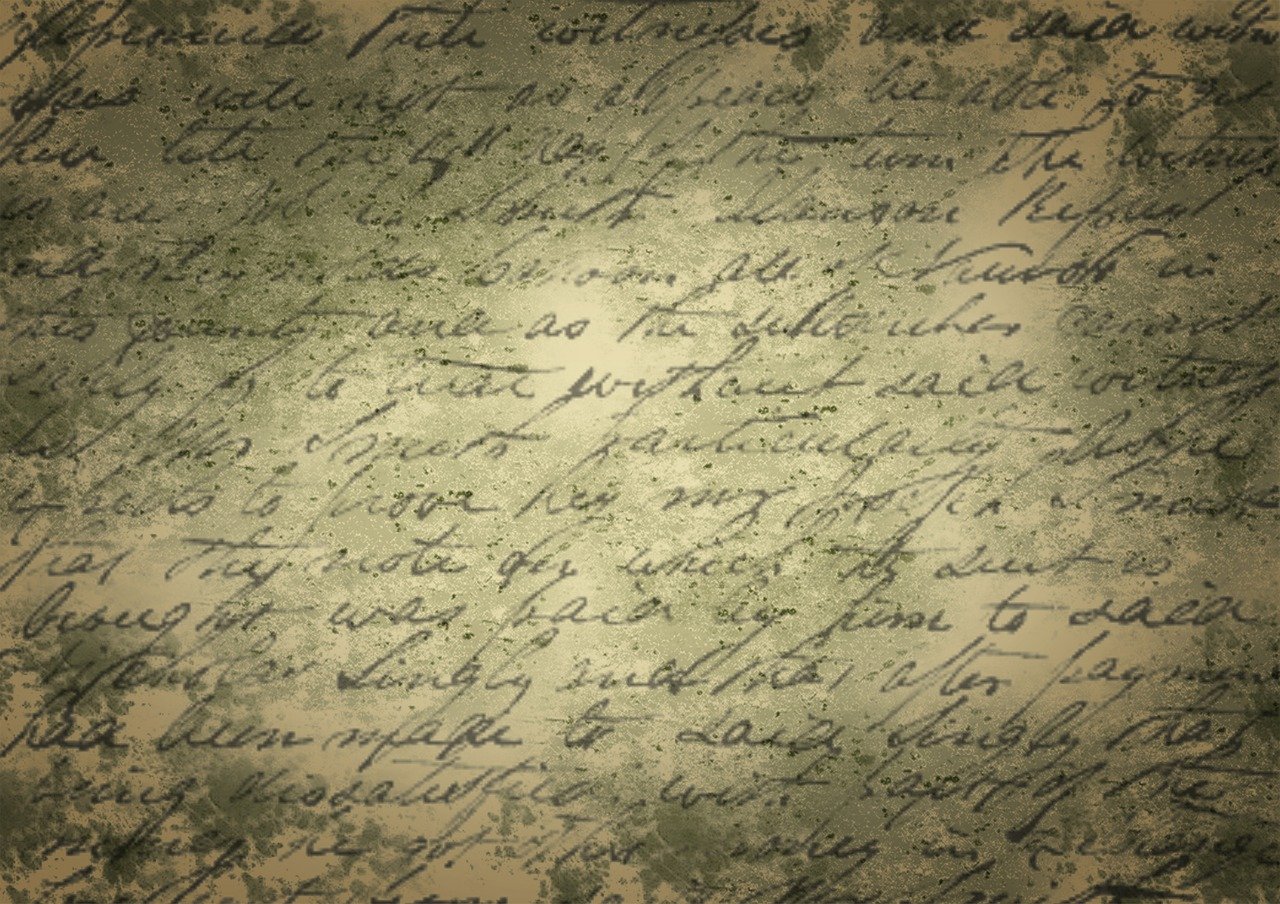
Paper, that ubiquitous companion to our thoughts and stories, holds a surprisingly magical journey within its thin sheets. Its transformation from towering trees to the canvas of our words is a testament to human ingenuity and a reminder of the delicate balance between nature and creation. Let's delve into the fascinating world of papermaking, a process as old as civilization itself.
The Humble Beginnings: Pulpwood and Pulping
Our story begins with trees, primarily softwoods like pine and spruce, chosen for their long, strong fibers. These trees are harvested sustainably, following responsible forestry practices to preserve the precious forests. At the mill, the logs are stripped of their bark and chopped into chips, ready for the pulping process.
There are two main pulping methods: mechanical and chemical. Mechanical pulping uses grinding stones to break down the wood chips into fibers, while chemical pulping dissolves the lignin, a natural glue that binds the fibers together, using chemicals like sulfur or sodium hydroxide. Both methods produce pulp, a soupy suspension of cellulose fibers, the building blocks of paper.
Weaving a Web of Paper: The Fourdrinier Machine
The heart of a paper mill lies in the colossal Fourdrinier machine. This marvel of engineering transforms the watery pulp into the familiar sheets of paper we know. The pulp is spread evenly onto a moving mesh belt, where water drains away through tiny holes. As the web of fibers travels further, it's pressed and dried, squeezing out more moisture and compressing the fibers into a cohesive sheet.
Smoothing the Way: Calendering and Finishing
The newly formed paper still needs some refinement. It passes through calendering rollers, which iron out wrinkles and create a smooth surface. Depending on the desired paper quality, additional coatings or treatments might be applied to enhance strength, water resistance, or brightness. Finally, the paper is cut and rolled into large reels or sheets, ready to be transformed into notebooks, newspapers, or packaging materials.
Beyond the Basics: A Spectrum of Paper Types
The world of paper is far from homogenous. Different pulping methods, additives, and finishing techniques create a diverse range of paper types, each with its unique properties. From the thin, absorbent tissue paper to the sturdy cardboard, every sheet boasts a tailored purpose.
A Balancing Act: Sustainability and the Future of Paper
Papermaking, while a vital industry, also has environmental implications. Deforestation and water usage are concerns that demand responsible practices. Sustainable forestry, recycled paper content, and energy-efficient mills are crucial steps towards a greener future for paper.
The journey of paper is more than just a production process; it's a story of human innovation, resourcefulness, and our connection to the natural world. As we continue to rely on this versatile material, let's strive to make its journey a sustainable and responsible one, ensuring that future generations can continue to enjoy the magic of paper.
So, the next time you hold a sheet of paper in your hand, take a moment to appreciate the incredible journey it has taken. From towering trees to the canvas of your thoughts, paper is a testament to the power of human ingenuity and a reminder of the delicate balance we share with the natural world. Let's use it wisely and responsibly, ensuring that this enchanting story continues for generations to come.
Your email address will not be published. Required fields are marked *